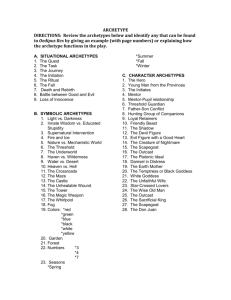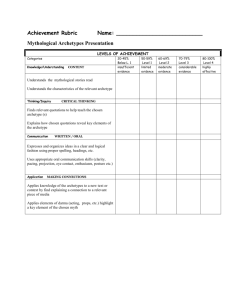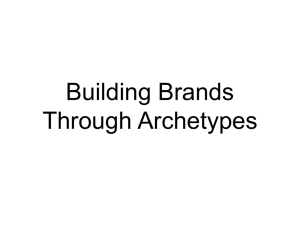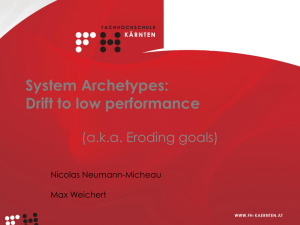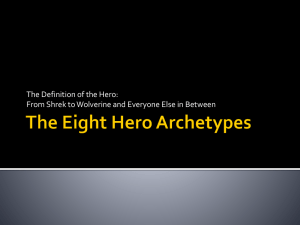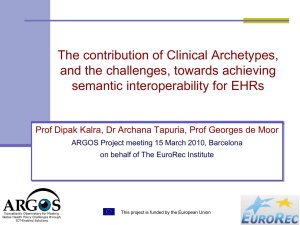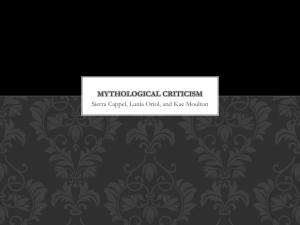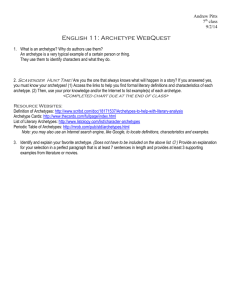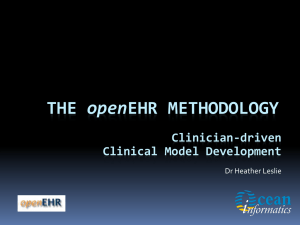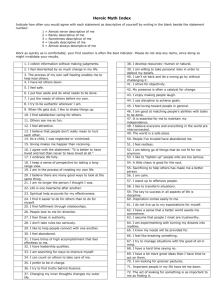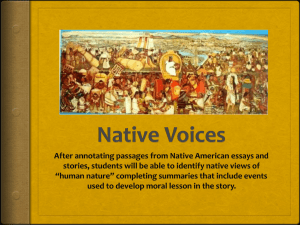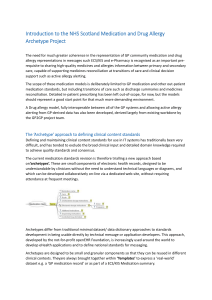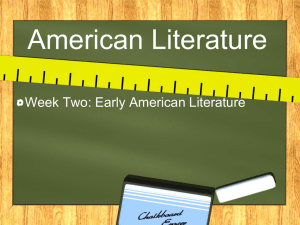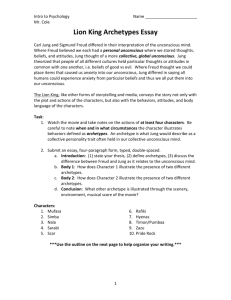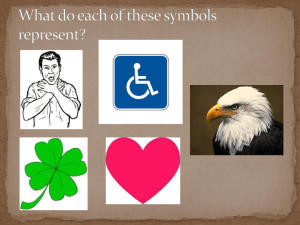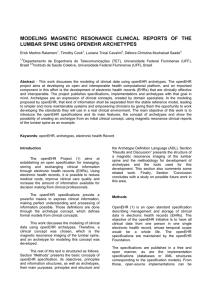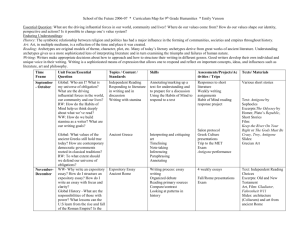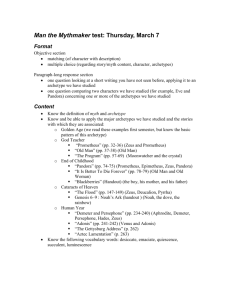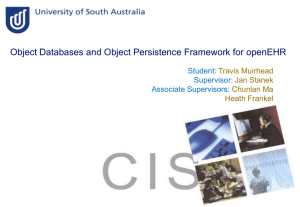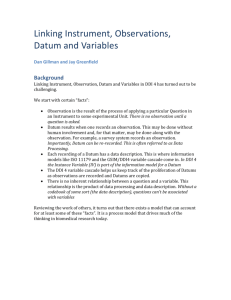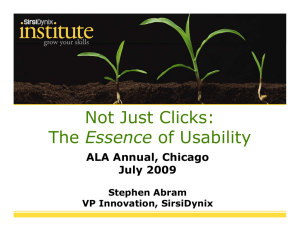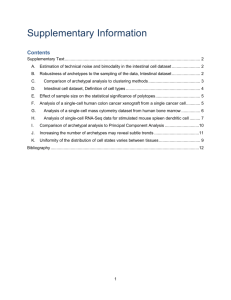Archetypes, Templates, Termsets, Technical artefacts
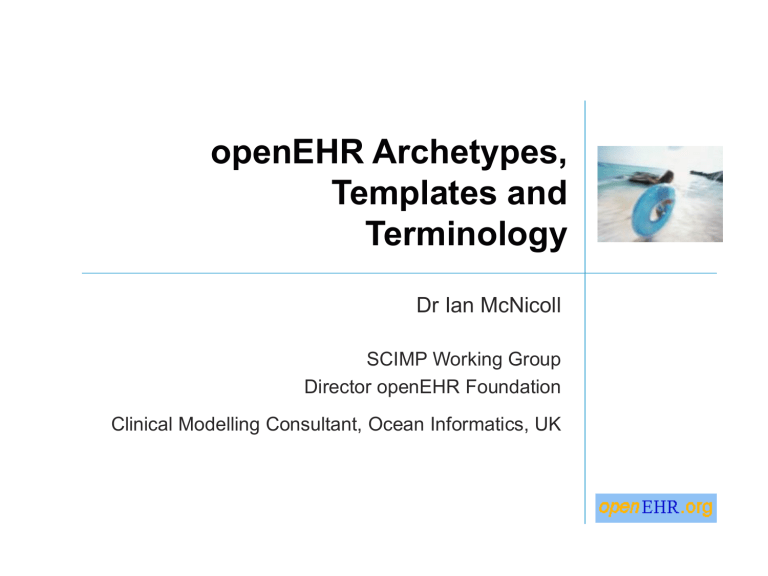
openEHR Archetypes,
Templates and
Terminology
Dr Ian McNicoll
SCIMP Working Group
Director openEHR Foundation
Clinical Modelling Consultant, Ocean Informatics, UK
Open specification for a clinical information model
◦ What is a clinical information model?
◦ Multi-layer modelling
RM , archetypes, templates
Use
◦ To help define shared clinical content definitions for interoperability, APIs
◦ To build and adapt clinical content for applications
www.openehr.org
Generic application platform
◦ Does the heavy lifting of database /querying layer
◦ Agile, clinically-defined content definitions
◦ Not tied to any single solution or business model
‘Standards’ development
◦ Clinically –driven and governed
◦ Scalable and emergent
◦ Agile, inclusive
GUI
Copyright 2012
Ocean Informatics
“What exactly do you mean by ‘Pulse rate’”?
“Rate, rhythm, date recorded …..”?
Information model (typically UML)
◦ Structure (OOP classes)
◦ Business rules
“Rate >=0”
◦ Terminology
SNOMED, ICD, local codes
Copyright 2012
Ocean Informatics
Formally (computably) expressed in:
◦ Software : Application-specific internal “Information models”, UML, database schema
◦ Reference terminologies : READ, SNOMED CT, ICD-10,
◦ Messaging models : HL7, CDA, IHE profiles
◦ Decision support , guidelines, rules
Informally expressed in:
◦ Local forms, documents, professional guidelines
◦ Data dictionaries for govt reporting
Continually evolving: restructured, new, deprecated
Copyright 2012
Ocean Informatics
3.8
Copyright 2012
Ocean Informatics
Traditional modelling: UML
Copyright 2012
Ocean Informatics
Copyright 2012
Ocean Informatics
The components of the Reference Model are like LEGO brick specifications
Archetypes = instructions/designs constraining the use of LEGO pieces to create meaningful structures
Information model
Instances
Archetype A Archetype B
Copyright 2012
Ocean Informatics
Dictionary definition … “a model or prototype”
Computable models of discrete clinical concepts
◦ Familiar components of a health record
Blood pressure, Body weight, Symptom
Medication order, Family history
Prostate cancer histopathology result
‘Maximal dataset’ philosophy
◦ Capture as many clinical perspectives as possible
◦ Universal use case
Copyright 2012
Ocean Informatics
Copyright 2012
Ocean Informatics
Clinical Knowledge Manager – Web review tool www.openehr.org/ckm
© Ocean Informatics 2008
Archetypes get the glory
◦ but templates deliver the datasets
◦ Key clinical endpoint and starting point for generation of technical artefacts
Class libraries, GUI skeletons, Message schema
Most demand for clinical information content will originate as requests for datasets
◦ Data entry forms
◦ Diabetes shared care message
◦ Discharge summary message
Copyright 2012
Ocean Informatics
openEHR Templates
Archetypes and Templates
Diabetic checkup
Tingling feet
Feeling tired
76 kg
124/92
7.5%
Excellent control
Archetypes
FH
Weight
BP
HbA1c
Issues
Assess
Antenatal visit
Back pain
66 kg
102/64 mmHg
142/min
NAD, see 4/52
Template Template
Each archetype carries its own unique local terminology, with multi-lingual capacity
◦ “Diastolic” [at0005]
‘Bindings’ to multiple external terminologies
◦ Define a mapping to an external term, carrying both the mapped term and local archetype term in the data
Copyright 2012
Ocean Informatics
4. Term binding to a node valueset
1. Termset binding to node value
LOINC: “Any Histopathology test”
2. Termset binding to node value
LOCAL: “Any Diagnostic service”
3. Term binding to a node name “Histological grading”
SNOMEDCT::1256879
Copyright 2012
Ocean Informatics
© Ocean Informatics
2008
